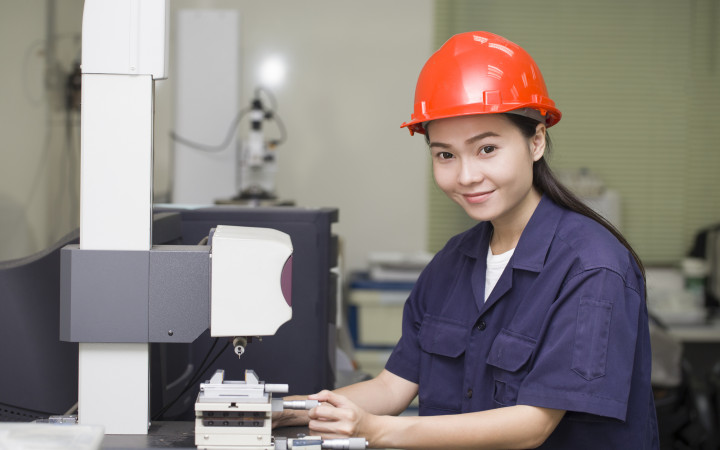Today’s Wonder of the Day was inspired by Rudra. Rudra Wonders, “What is aerospace engineering” Thanks for WONDERing with us, Rudra!
Look up at the sky. Can you spot an airplane or a jet? How about a helicopter or blimp? At any point in time, there may be any number of flying vehicles gliding above you. And, of course, there are those you can’t always see: satellites, rockets, and even an International Space Station.
Do you ever WONDER just how all these objects are able to fly? If so, you’re in luck! Today’s Wonder of the Day is all about the field that makes these vehicles possible—aerospace engineering!
What do aerospace engineers do? They may work on any number of tasks related to flying vehicles. Many are experts in physics and aerodynamics who help design aircraft. Some focus on the structure of vehicles and the materials they’re made from. Others help create the engines and rockets that propel aircraft. The field is often divided into two branches: aeronautical and astronautical.
What’s the difference between these two branches? Often, aeronautical engineers work with vehicles that fly within the Earth’s atmosphere. This includes airplanes, jets, and similar craft. Can you guess what astronautical engineers do? That’s right—they design and build craft that travel into space. They may work on projects that involve things like rockets and satellites.
The day-to-day work of an aerospace engineer will depend on which branch of the field they work in. For example, aeronautical engineers may design helicopters, drones, gliders, and other similar objects. They will also be part of the testing and building stages of these vehicles. Some even work to make cars more aerodynamic.
Can you name any famous aeronautical engineers? If you thought of the Wright brothers, you’re right! In fact, many count them among the earliest people to work in this field.
How about astronautical engineers? You’ll find them working at places like Blue Origin or NASA. They design, test, and build objects that fly in space. Without them, none of the vehicles human beings have sent out of Earth’s atmosphere would exist. They’ve been essential to all modern space exploration.
Pioneers in this field built the world’s first rockets and missiles. One example is Robert Goddard, who created the world’s first liquid-fueled rocket. Many astronauts have also been astronautical engineers—including Neil Armstrong, the first person on the Moon.
Does aerospace engineering sound like an interesting career? If you’re a creative thinker and love to solve problems, it could be right for you! If so, be sure to pay attention and work hard in school. Do your best in math and science classes. These will give you the foundation of knowledge you need. Aerospace engineers also go to college and earn degrees in their field.
What do you think space exploration could look like in the future? How might rockets and space stations become even more advanced? The next step forward in aerospace engineering could be created by you!
Standards: ETS1.B, NCAS.A.1, NCAS.A.2, NCAS.A.3, CCRA.W.2, CCRA.W.4, CCRA.W.9, CCRA.W.10, CCRA.R.1, CCRA.R.2, CCRA.R.4, CCRA.R.10, CCRA.L.1, CCRA.L.2, CCRA.L.3, CCRA.L.6, CCRA.SL.1, CCRA.SL.2




